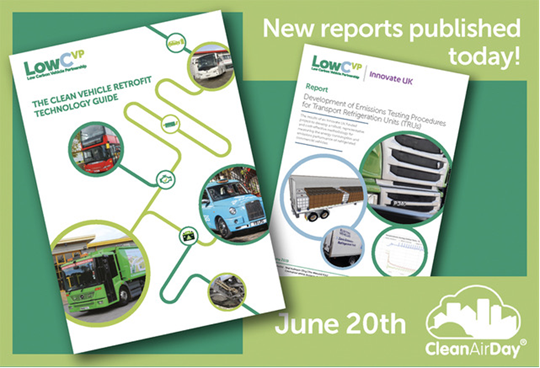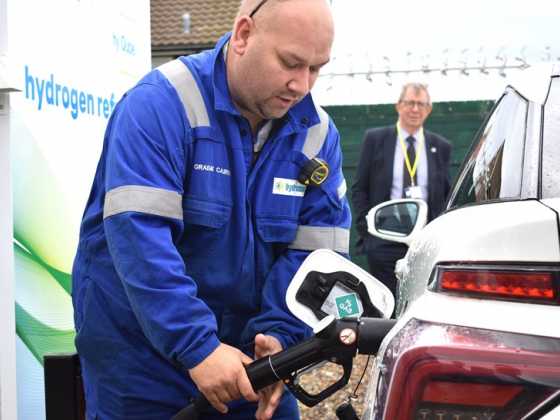Guide explains how retrofit technologies can reduce emissions

The Low Carbon Vehicle Partnership (LowCVP) has published a Clean Vehicle Retrofit Technology Guide to highlight the role that retrofit technologies can play in improving air quality by cleaning up existing vehicles.
The Clean Vehicle Technology Guide gives an explanation of the proven retrofit technology solutions and suppliers that have been approved under the Clean Vehicle Retrofit Accreditation Scheme (CVRAS). These solutions can help existing vehicles achieve Euro 6/VI-equivalent emissions levels.
NOx abatement technologies such as Selective Catalytic Reduction (SCR) and Euro VI engine repower can provide cost-effective alternatives to purchasing new CAZ or ULEZ-compliant vehicles. Of course, retrofitting a fully electric drivetrain will also eliminate tailpipe emission, but these too, need to be accredited to ensure robust conversion standards.
The CVRAS standards have also been adopted by Transport Scotland and TfL, so that a vehicle with CVRAS-approved technology installed can enter the Low Emission Zones in Scotland, the CAZs across England and the ULEZ in London, without receiving a penalty charge.
The Clean Vehicle Retrofit Technology Guide also provides insight into the developing policy framework relating to air quality in the UK's towns and cities as well as national and local funding schemes (such as the Clean Air Fund) designed to support vehicle operators and businesses in retrofitting their vehicles and avoid charges associated with entry to the various types of clean air zones. Each technology chapter is supported with case studies and total cost of operation estimates for different technology types.
LowCVP’s Managing Director, Andy Eastlake, said: “Clean air is one of the most urgent challenges we face and retrofit solutions have been one of the key ’tools in the box‘ to help owners of existing vehicles meet the strengthening emissions requirements without completely replacing their fleet in one go.
“Twenty years ago the uptake of particulate traps was accelerated in this way and, today, NOx reduction technologies (mandated on all new vehicles) are now available to be retrofitted to a wide range of commercial vehicles. With funding support for both testing and purchase there is now another option for hard pressed operators to lead the way in clean vehicle uptake.”
Colin Smith, Programme Manager at Energy Saving Trust, commented: “The Clean Air and Low Emission Zones aim to deter the most polluting vehicles from driving in zones with the worst air quality, but replacing all old vehicle with cleaner alternatives is no easy feat. The retrofitting of existing vehicles is a cost-effective solution to meeting Euro 6/VI emissions equivalence and achieving compliance with Clean Air Zone requirements.
“This new guide is a helpful resource for those wanting to learn more about retrofitting and the options available, complementing the CVRSA Register and accreditation well.
“The CVRAS Register is a useful free tool to identify which CVRAS-approved companies and emission reduction systems suit vehicles best, based on make, model and engine type to support companies’ efforts to improve their fleets, and lists the only retrofit options available that comply with the Clean Air Zones, Ultra Low Emission Zones, and Low Emission Zones.”
The CVRAS covers the following vehicle types: buses; coaches; trucks; refuse collection vehicles; black cabs. Van and passenger car processes have been established to allow options in these categories too.
The scheme is open to all retrofit technologies that can demonstrate Euro VI-equivalent emissions or better. Technologies currently approved under CVRAS are:
• Exhaust aftertreatment: Selective Catalytic Reduction
• Diesel Euro VI System Repower
• Battery Electric Repower
• Repower and LPG Conversion
The CVRAS register is available here
Download the report on retrofit technologies from here



